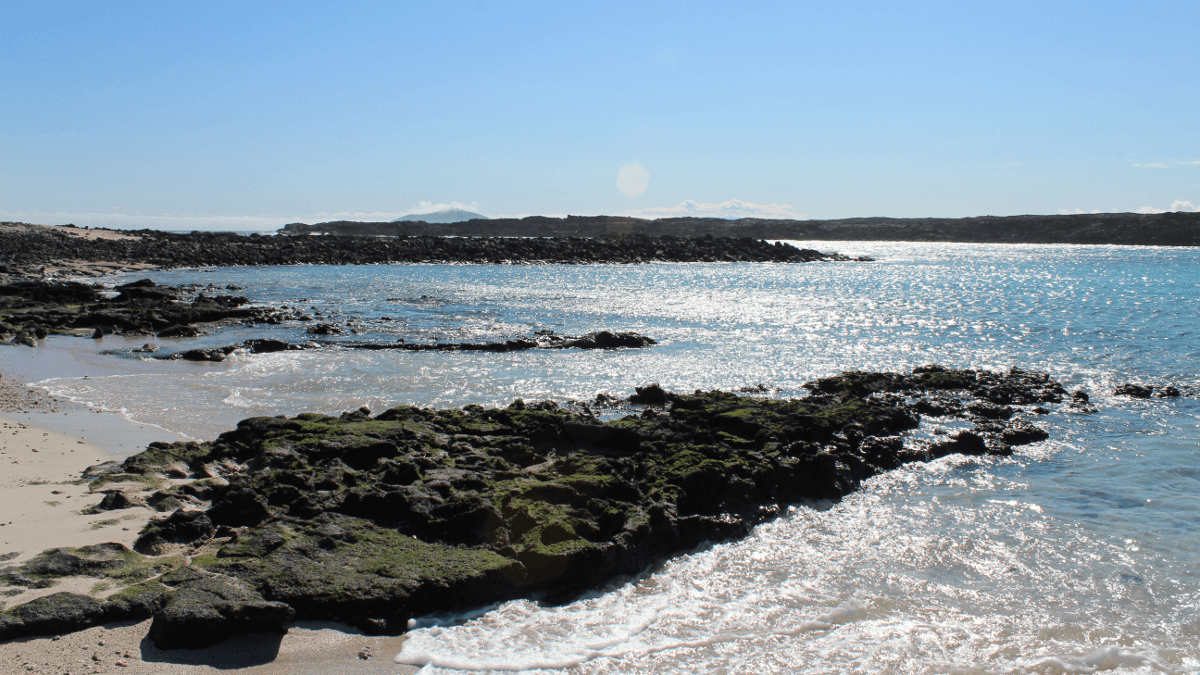

Located South-East of the archipelago, its main site is Suarez Point. Without a doubt one of the bests spots of the tour. A colony of sea lions will welcome you to the island, you’ll get a chance to see the famous blue footed Bobbie, large frigates, albatrosses, Darwin finches and other bird species along the island hike; finishing at the famous blowhole known as “El Soplador” (the blower) that sprays water around 75 feet (25m) into the air. On the other side of the island, Gardner Bay is a great place for snorkeling and swimming among the sea life.
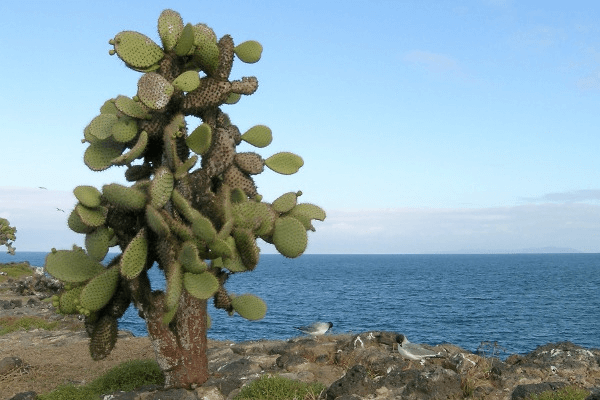
Known to the English as Barrington. Santa Fe is a small island completely covered by a thick cacti forest. It harbors an endemic land-iguana colony which can be seen during the hike on the island.
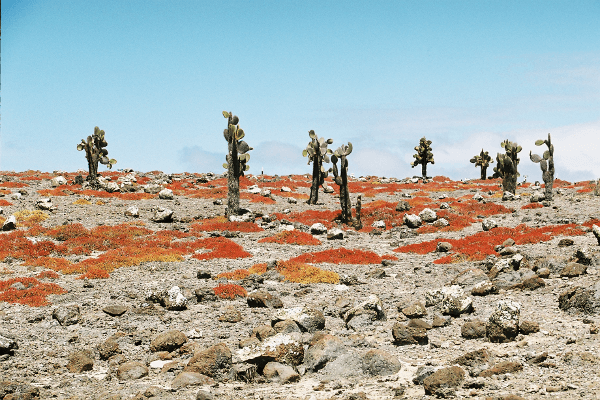
Home of the famous land-iguanas, Plaza Sur also houses sea lions and many bird species. This memorable island, stretching 1 kilometer long and 200 meters wide, is one of the smallest of the archipelago.
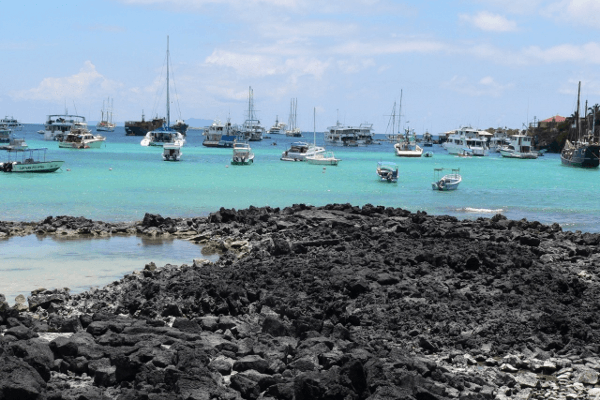
Santa Cruz is the second biggest island, but it is the most populated of the Galapagos. Puerto Ayora being its biggest port and its biggest touristic site is the Charles Darwin Scientific Station. Scientists from around the world come to study the endemic fauna of the Enchanted Islands, you’ll get to see Santa Cruz’s biggest draw: the Galapagos giant tortoise.
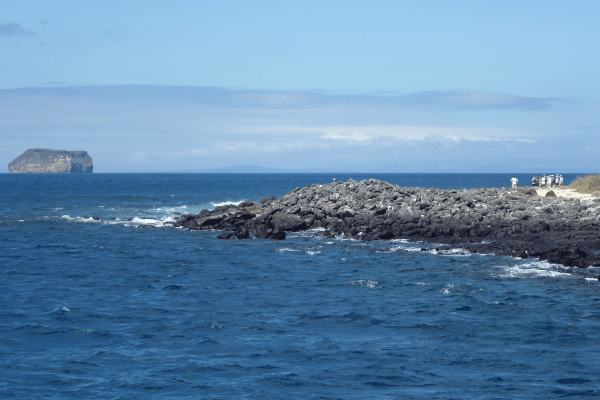
Seymour offer its visitors the chance to observe a wide variety of endemic animals from the Galapagos, blue footed bobbies, frigates, lava gulls, Galapagos mockingbirds, sea lions, marine iguanas and many more.
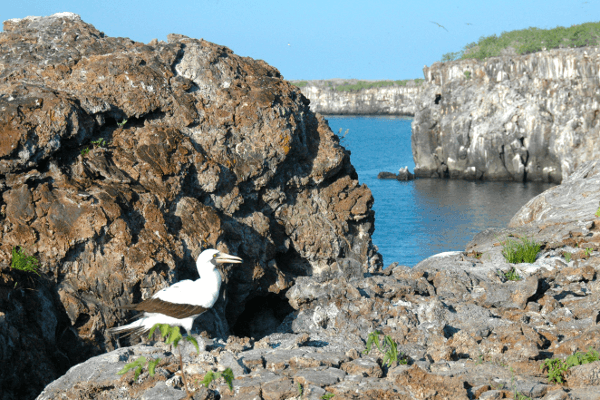
North of Santa Cruz, this island is a bird watcher’s paradise. The gem of the island: the rare Red Footed Bobbie.
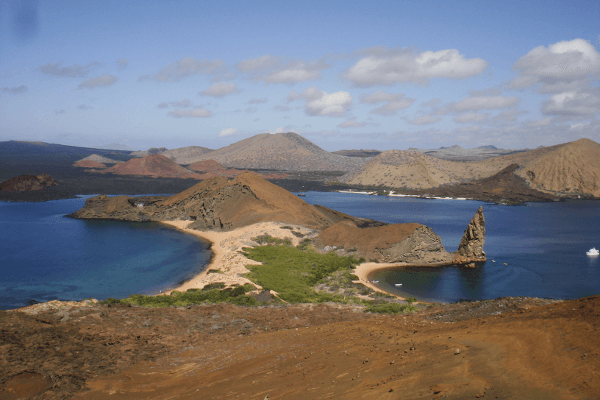
Located East of Santiago, features an uphill hike that climbs 359 feet to the peak of an eroded volcano. The moon-like surface of the cone-shaped crater can be seen throughout the scenic walk ending in a spectacular view of the surrounding snorkeling and swimming spots bellow; where you could very well spot the second smallest penguin in the world: the endemic Galapagos penguin.
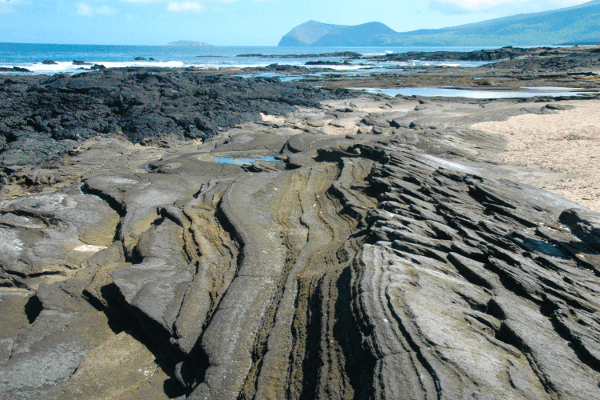
Walk on Santiago Island’s Lava-Rock road, a surreal place where recent volcanic activity has left a trail of cooled volcanic material. You can also visit the channels on the coast to see the fish and other marine life. One of the largest islands of the archipelago, Santiago is located North-East of Santa Cruz.
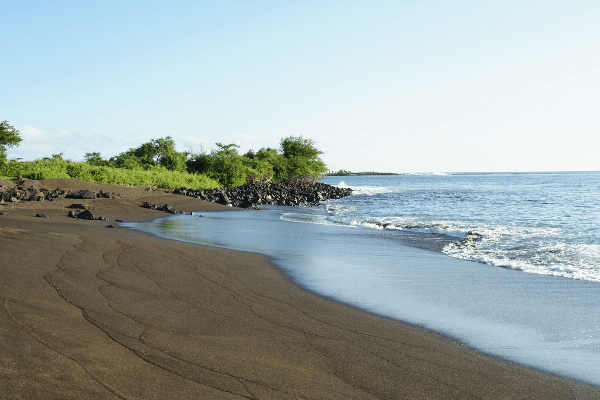
Due South of Santa Cruz, Floreana has plenty of incredible visiting sites where flamingos can be found; the green sanded beach of Cormorant Point; amazing underwater experiences at Devil’s Crown’s and the underwater crater in Post Office Bay where the colder currents bring in some of the hardest-to-spot sea life in the world.
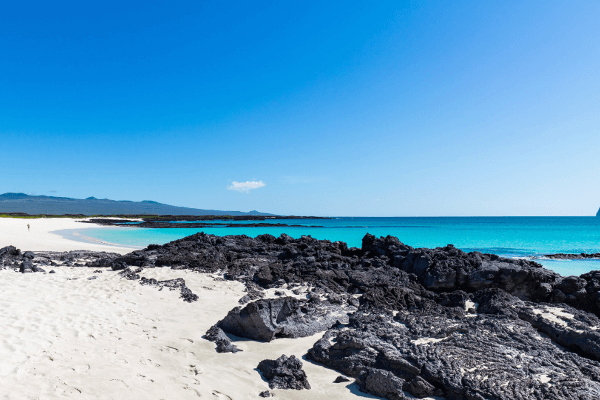
The province’s Capital, San Cristobal, has beautiful places of interest like Witch’s Hill, Pitt Point, Tijeretas Hill and Centro de la Interpretación.
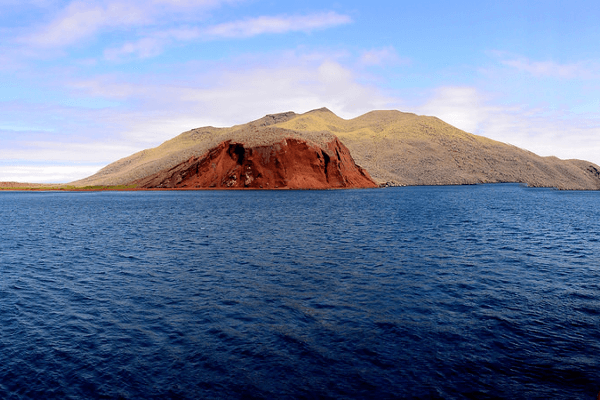
Just South of Santiago, Rabida’s landscape is dominated by brown-colored vegetation and houses the rare Brown Pelican among its mangroves; and flamingos, white-cheeked ducks frequent the salty lagoon.
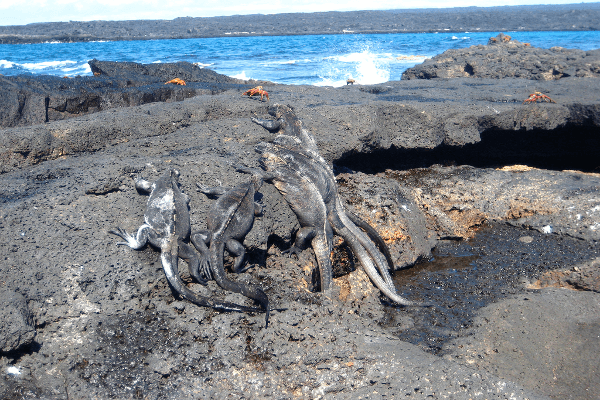
The largest member of the Galapagos, Isabela dwarfs all the other islands with its 1,790 square mile surface. Visit the giant tortoise breeding program at Port Villamil, where hundreds of these amazing reptiles are kept in captivity while they’re small to ensure their survival and later released into the islands. Other sites at the island include Sierra Negra, Urbina Bay, Elizabeth Bay, Tagus Cove and the Wall of Tears. Endemic penguins, blue footed bobbies, iguanas, sharks and tortoises can be found throughout the island.

Visitors will have a chance to see volcano “La Cumbre”, this active volcano rises above the entire island and has laid long stretches of lava rock from past eruptions; where non-flying cormorants and Galapagos Hawks make their homes.